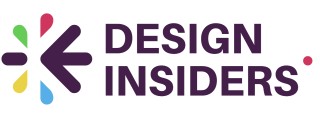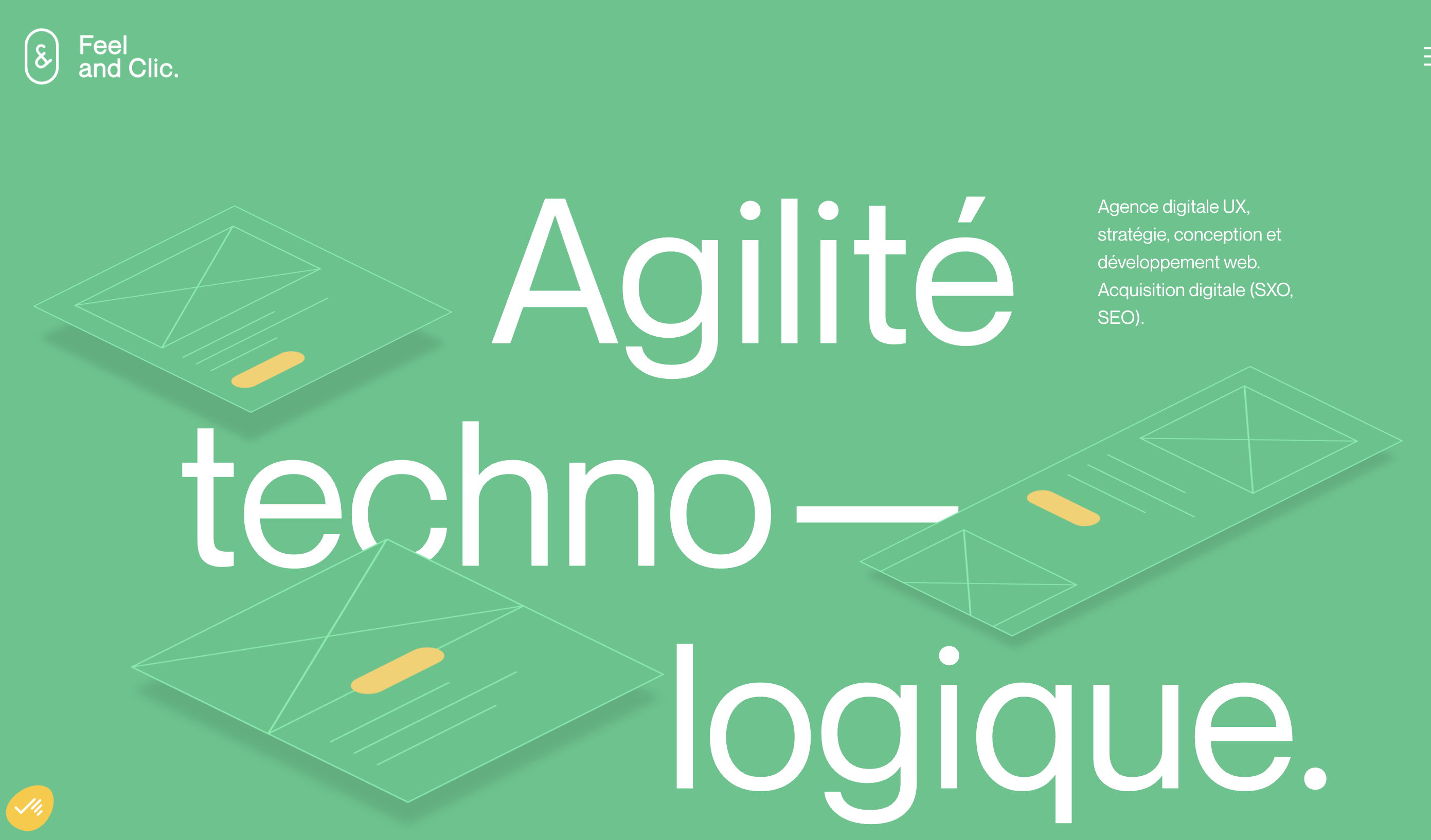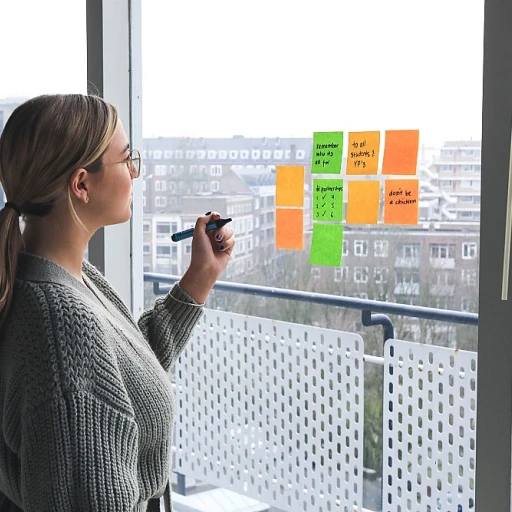Understanding Inclusive UX Design
Diving headfirst into the essence of inclusive user experience (UX) design means focusing on creating a digital atmosphere where every person, regardless of their abilities or disabilities, feels entirely welcome. It's about making sure that nothing gets in the way of anyone trying to use a product. And believe me, whether you're new to the design scene or a seasoned pro, understanding this concept is a game-changer.
Creating Space for Everyone
Think of inclusive UX design as an open invitation to everyone out there. From people using screen readers to those needing alt text, or even individuals requiring specific language modifications—it's about being genuinely accessible. As designers, our job is not just to meet accessibility standards but to actively seek to understand what users with disabilities experience. This involves considering varied user experiences through different lenses.
The Barriers You Didn't Know Existed
Sitting behind a usual digital interface, there can be unseen barriers. These can range from tricky navigation flows to untagged images, inadequate color contrast, or even content not available in various languages. Identifying and breaking down these barriers is where the rubber meets the road in inclusive design.
Heartfelt Stories and Learning
Many users don’t see these challenges on their own until they confront them personally. Like when a close friend who loves online reading but started losing sight shared how alt texts are a blessing. Or a parent whose child has cognitive disabilities expressed how clear, simple digital interactions make their day smoother. These stories aren't just touchpoints—they're learning moments.
Dig into these concepts and more by checking out how to demystify web accessibility to enhance inclusivity across all platforms. It's not just about designing something that's usable by all. It's about embracing a mindset that celebrates diversity in every digital product you create. Let's make a pact to listen closer, test better, and design with the world in mind.
Principles of Inclusive Design
Core Considerations of Inclusivity
Creating an inclusive design means understanding and integrating the nuances of accessibility and usability in every aspect of product development. It's more than checking off a list of requirements. It's about a mindset shift: ensuring that every individual, regardless of their abilities or disabilities, can have a seamless user experience. Some guiding principles include:- Accessibility: Make products accessible to diverse users. Use alt text for images, ensure compatibility with screen readers, and provide keyboard navigation options. Not just a plus, but a necessity for inclusive design.
- Usability: It's essential to prioritize simplicity in navigation and interface design. Clear, straightforward language and content are vital, especially when addressing users with cognitive disabilities.
- Universal Design: Adopting a universal design approach means creating products usable by all, without the need for adaptation. It's about making the ordinary extraordinary in design.
- Inclusive Language: Words matter. Avoiding jargon and ensuring that the language is gender-neutral and culturally sensitive can make a significant difference in how content is perceived.
Recognizing Challenges
Designers face hurdles when crafting inclusive digital products. Overcoming these barriers involves identifying areas that may disadvantage some users, like:- Device Compatibility: Not all users navigate the web on the latest gadgets. Ensuring that your product design is mobile-friendly, and functions well on various devices, is crucial.
- Sensory Limitations: Users with visual or auditory disabilities might miss valuable content without appropriate settings. Tools like screen readers and alt text can bridge this gap.
- Language and Cultural Differences: Considering diverse linguistic and cultural contexts when creating content is vital. It’s not just about translations, but comprehension and resonance.
Effective Strategies for Inclusive Design
Integrate tools and techniques that make a marked difference in how users experience your product:- Usability Testing: Engage with a diverse range of users during the testing phase. Gather feedback from users with disabilities to gain valuable insights into the practical applicability of the design.
- Design Iteration: Continuously iterate on feedback to enhance inclusivity over time. Inclusivity in design is an ongoing commitment, not a once-off task.
- Team Workshops: Workshops and training sessions for your design team can help foster a culture of inclusivity, ensuring human-centered thinking becomes second nature.
Identifying Barriers in UX Design
Spotting the Roadblocks in User Experience Design
Creating an inclusive design is like inviting everyone to the party, but sometimes, we unknowingly put up barriers that keep some folks out. These obstacles can sneak in at any stage of the design process, and recognizing them is the first step toward building a truly accessible experience for all users.
Common Barriers in Digital Products
When we talk about barriers, we're not just referring to physical obstacles. In the digital world, they can be anything that prevents people from using a product effectively. Here are some common culprits:
- Visual Barriers: Lack of alt text for images or poor color contrast can make it tough for users with visual impairments to engage with your content.
- Auditory Barriers: Videos without captions or transcripts can exclude those with hearing disabilities.
- Motor Barriers: Complex navigation that requires precise mouse control can be challenging for users with motor disabilities.
- Cognitive Barriers: Overly complex language or cluttered layouts can overwhelm users with cognitive disabilities.
Language and Cultural Barriers
Language is a powerful tool, but it can also be a barrier. Using inclusive language is key to making everyone feel welcome. This means avoiding jargon and ensuring that your content is easily understandable. Moreover, cultural nuances can affect how users interact with your product. Consider diverse cultural perspectives to avoid alienating any group.
Testing for Inclusivity
Testing is where the rubber meets the road. Usability testing with diverse groups, including people with disabilities, helps identify barriers that might not be obvious at first glance. Tools like screen readers and accessibility standards can guide designers in creating more inclusive products. Remember, testing isn't a one-time deal. It's an ongoing process that ensures your product remains accessible as it evolves.
By recognizing these barriers, designers can craft user experiences that cater to everyone. For more insights on crafting an engaging user pathway, check out this resource.













-large-teaser.webp)
